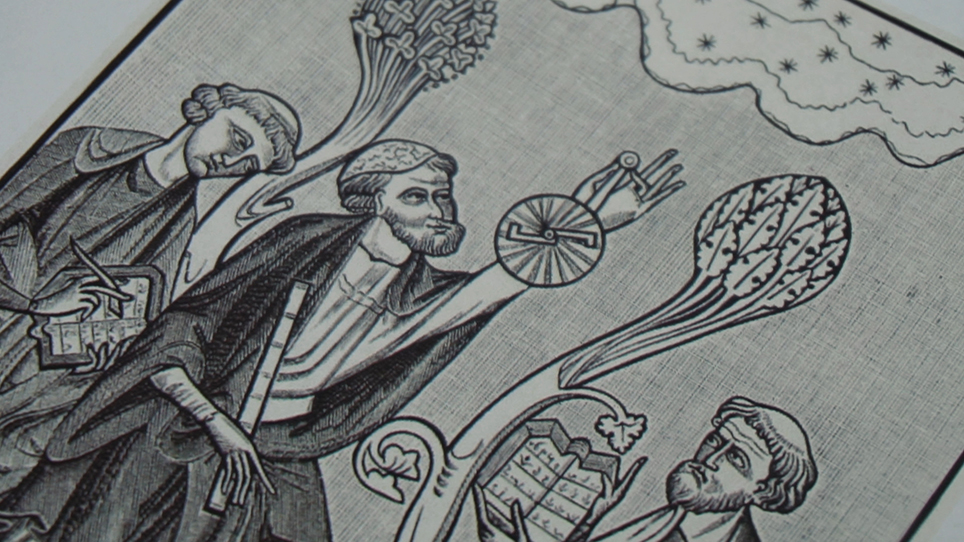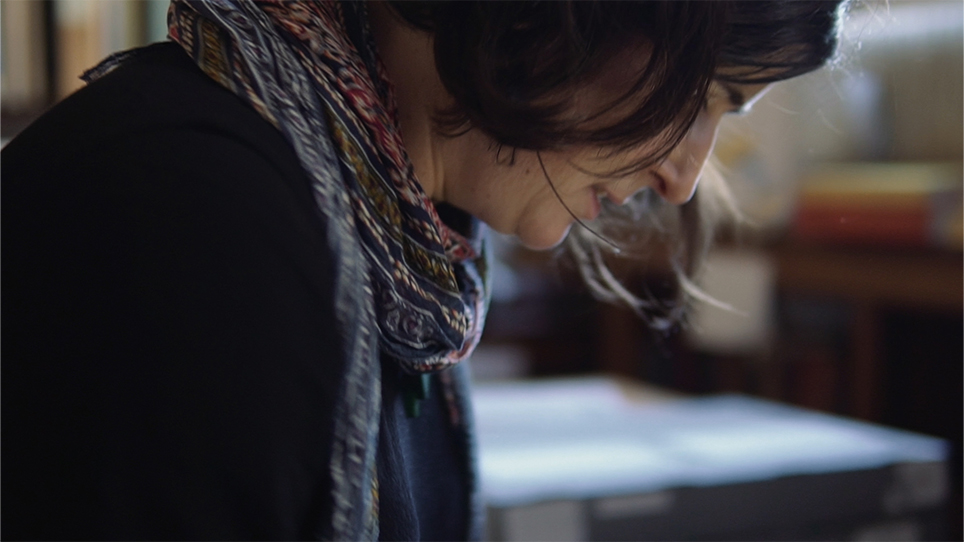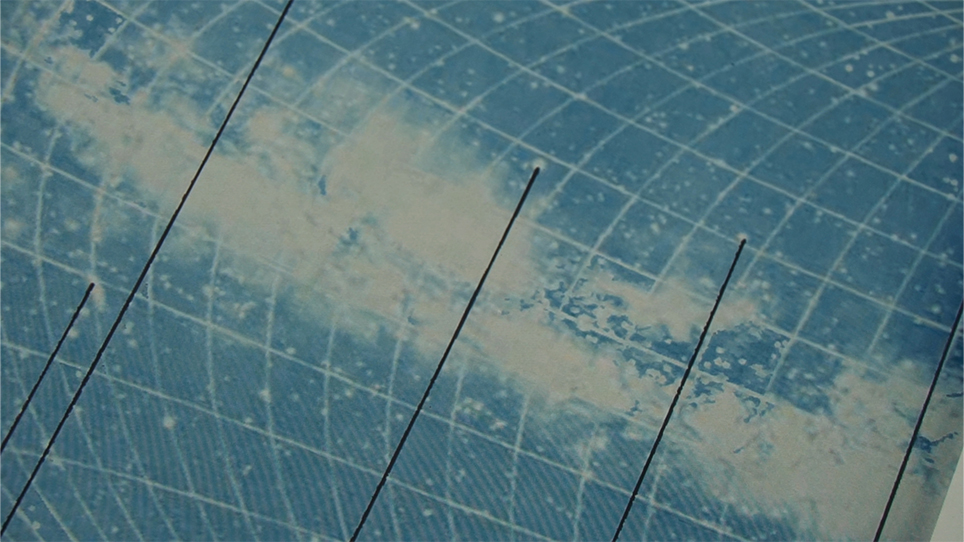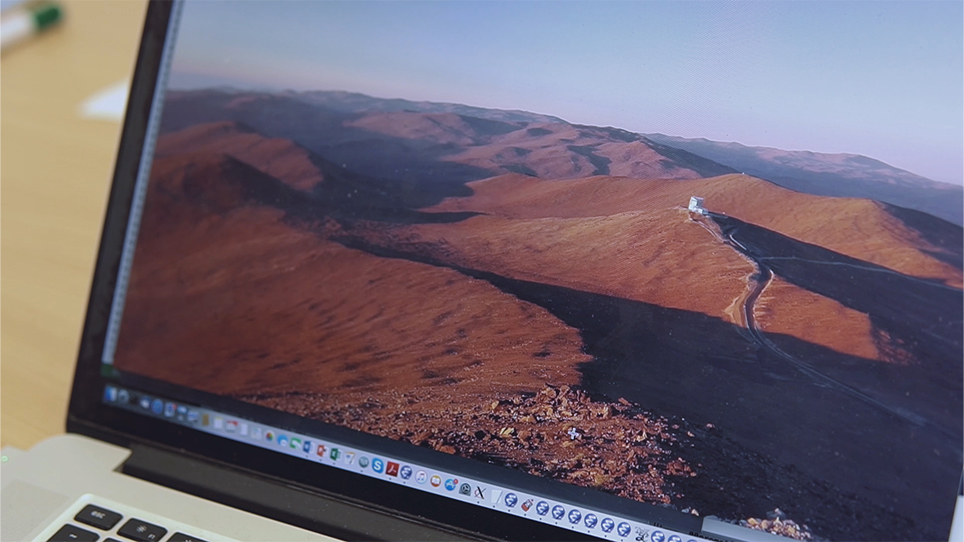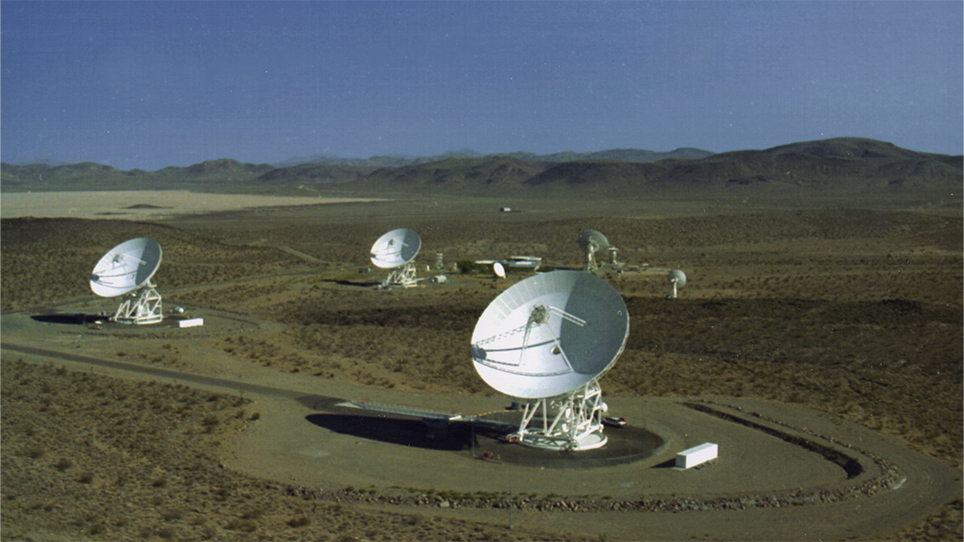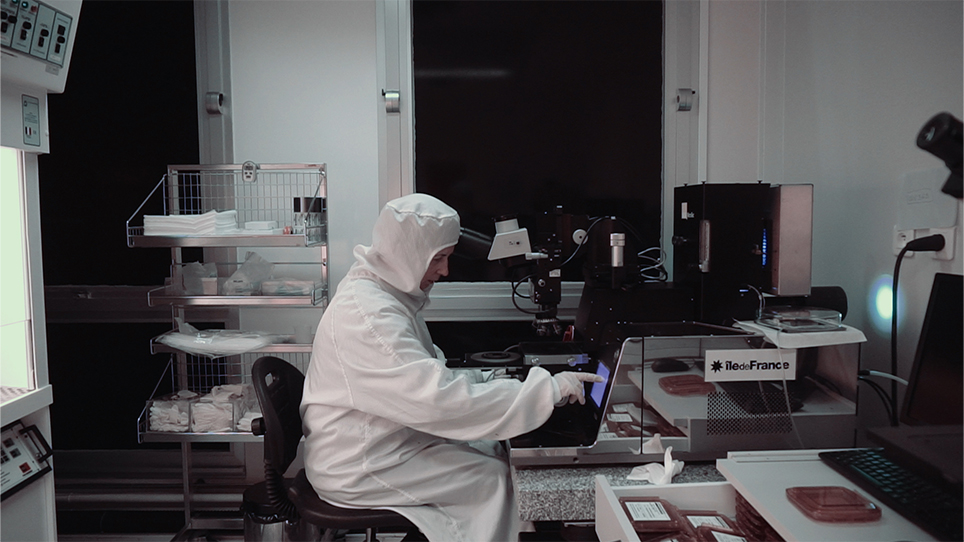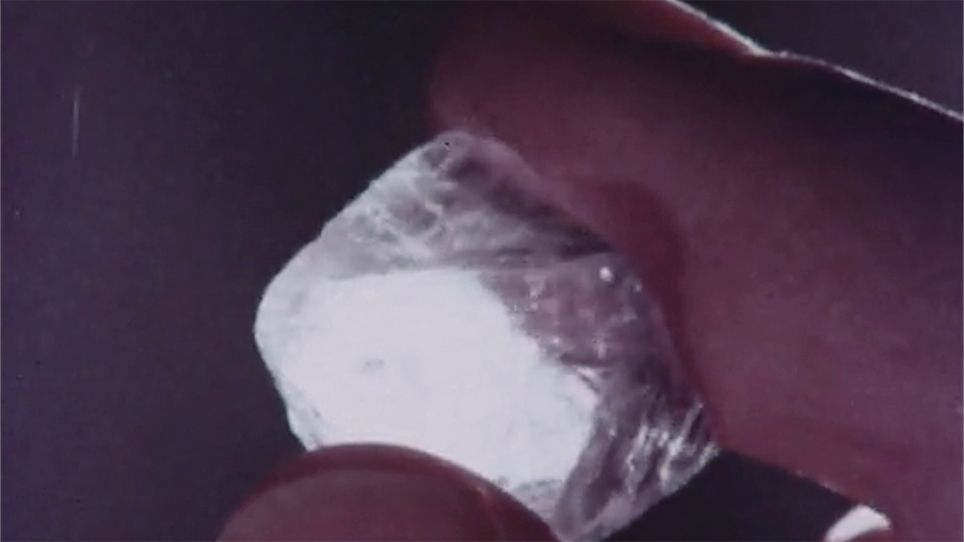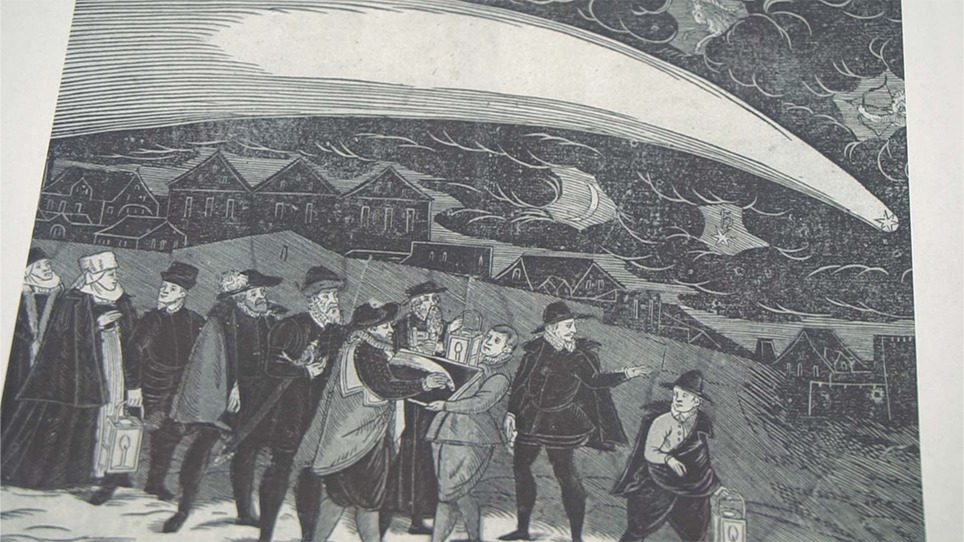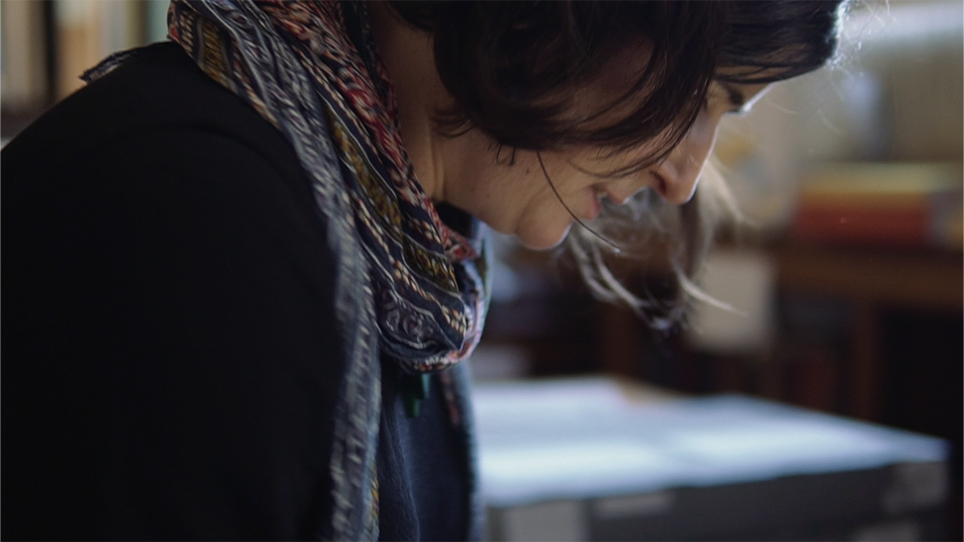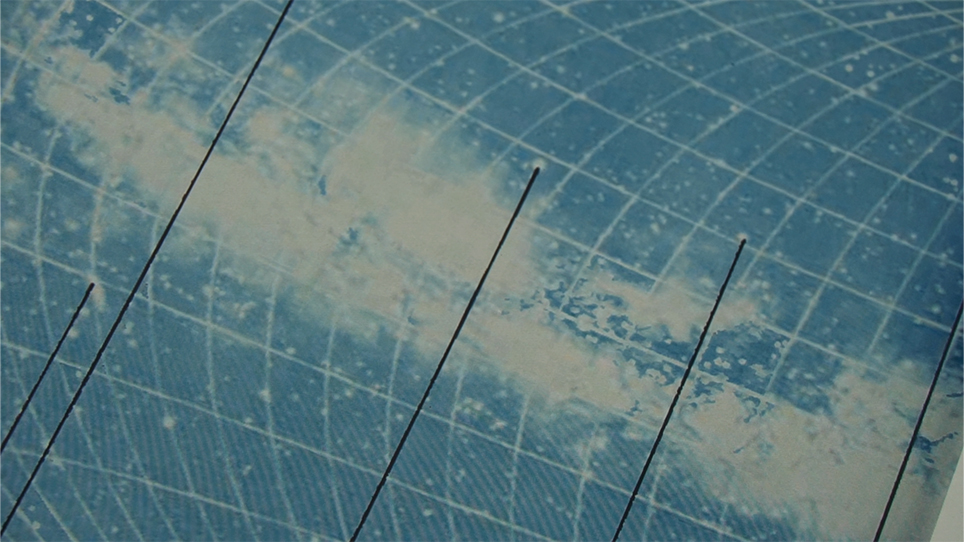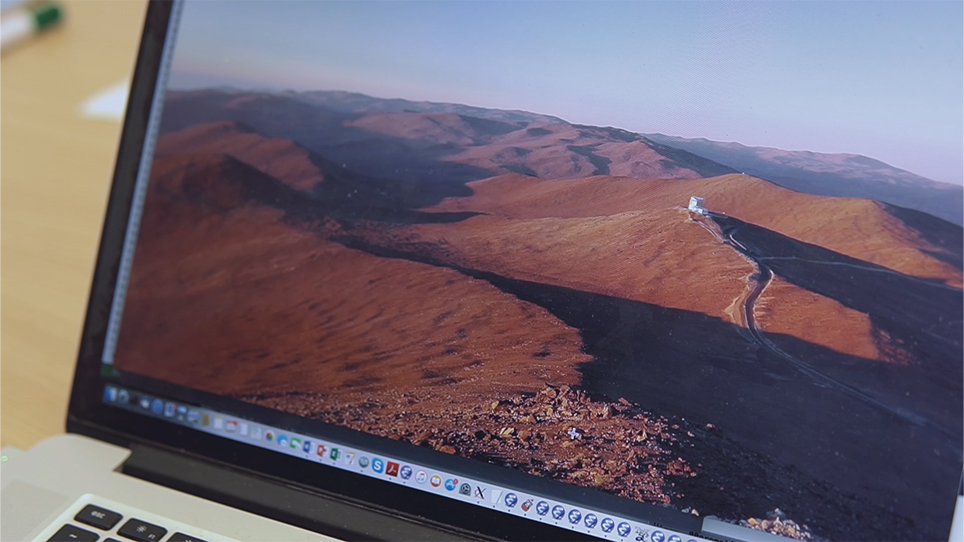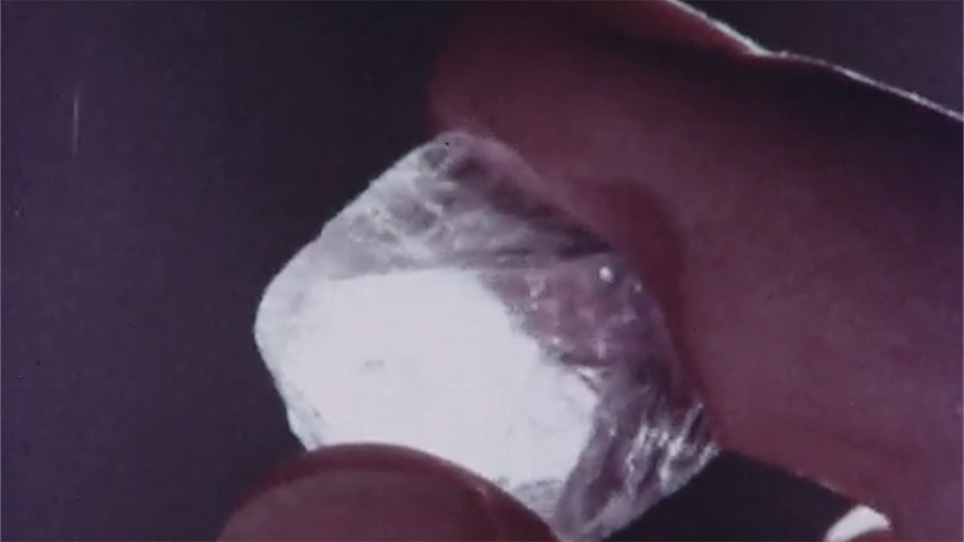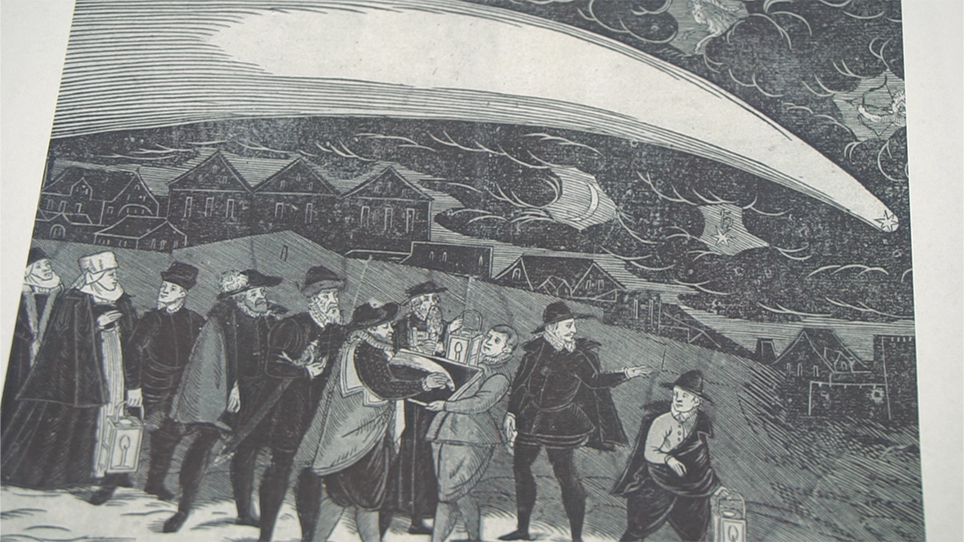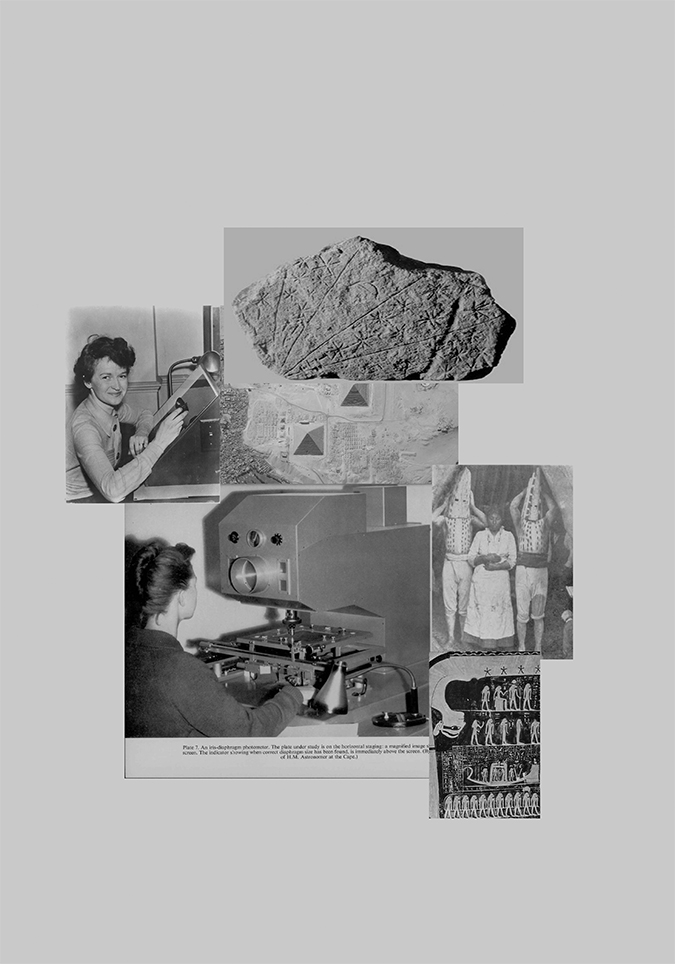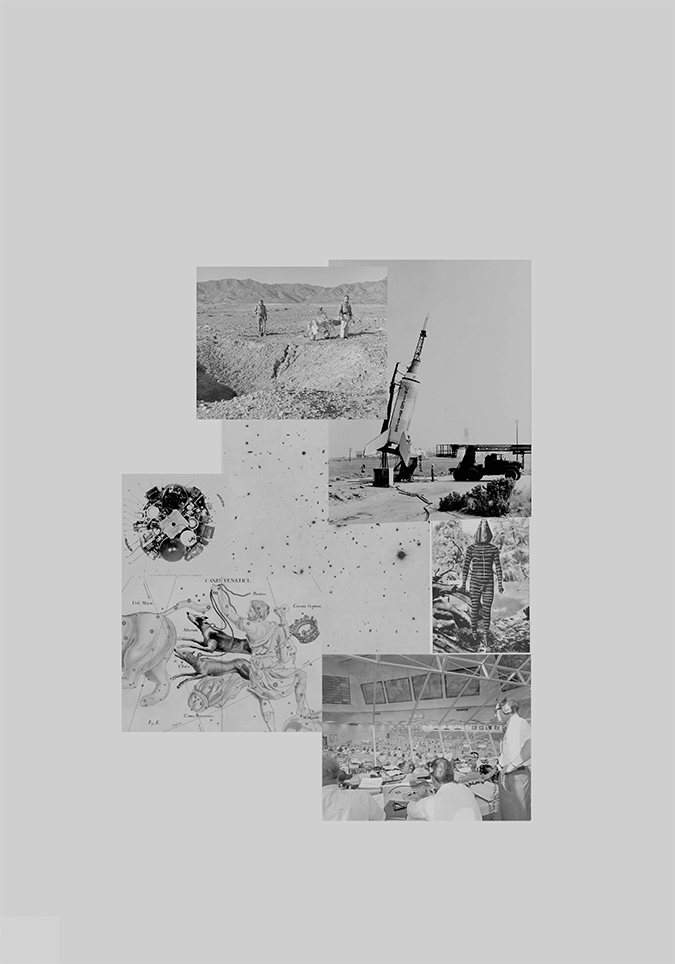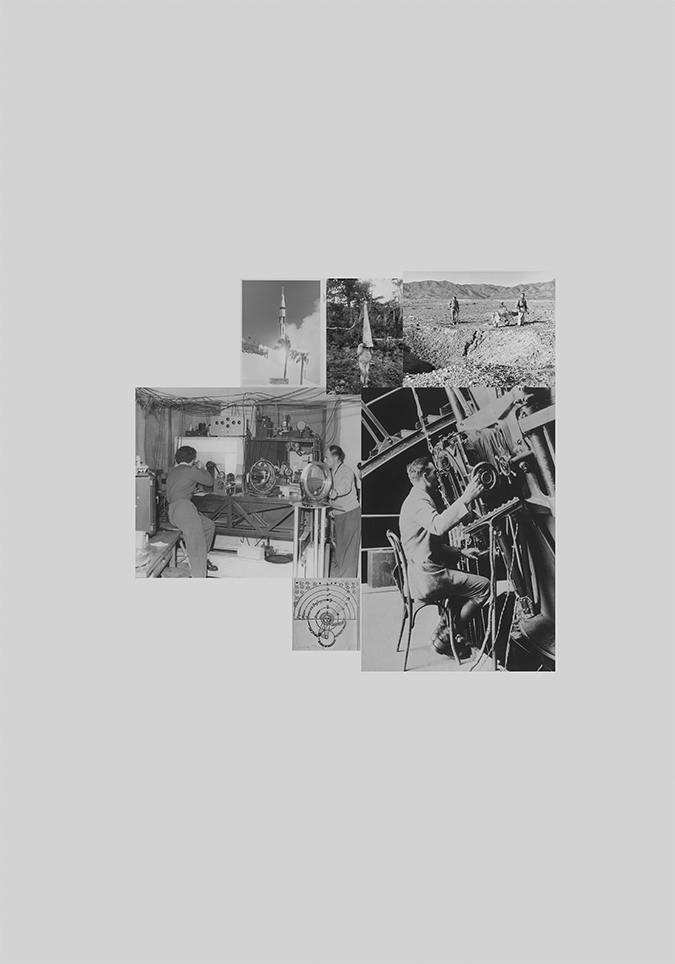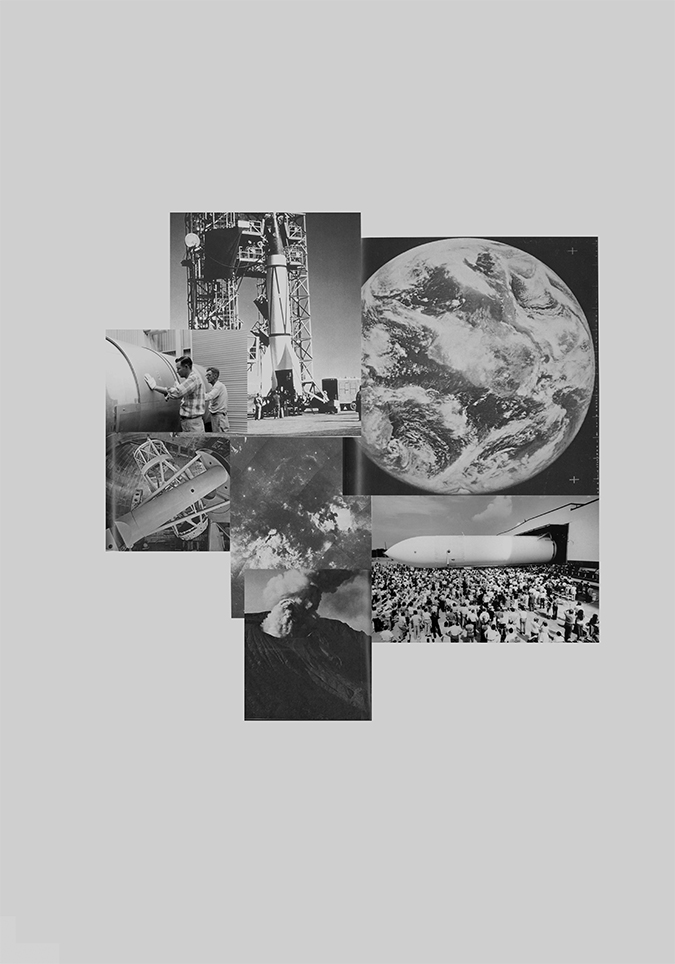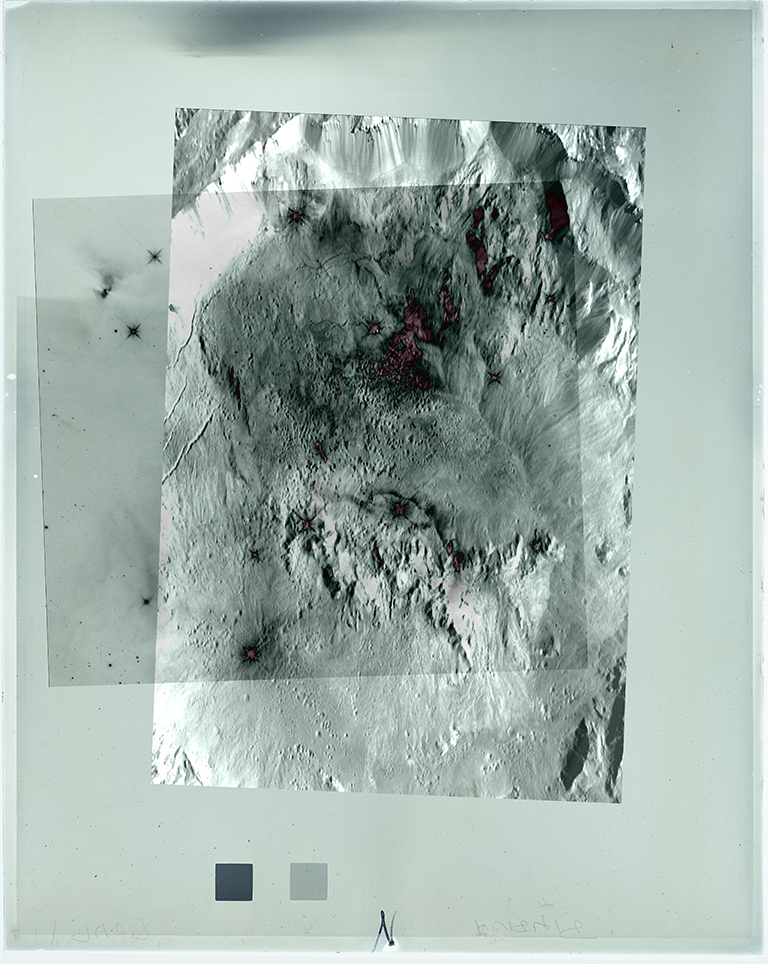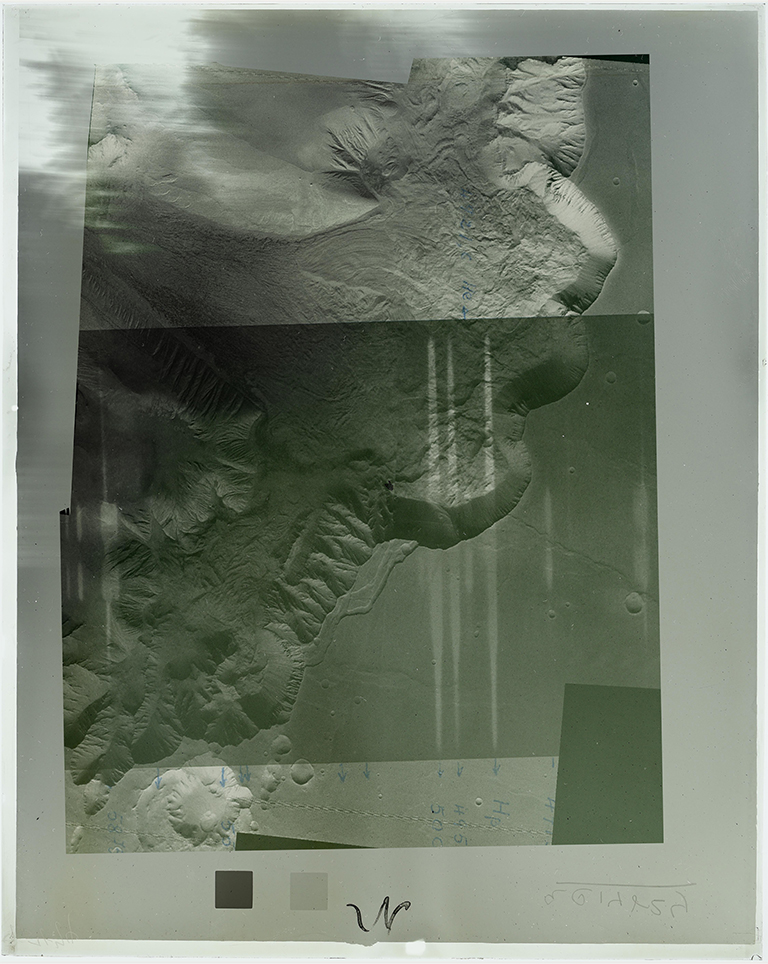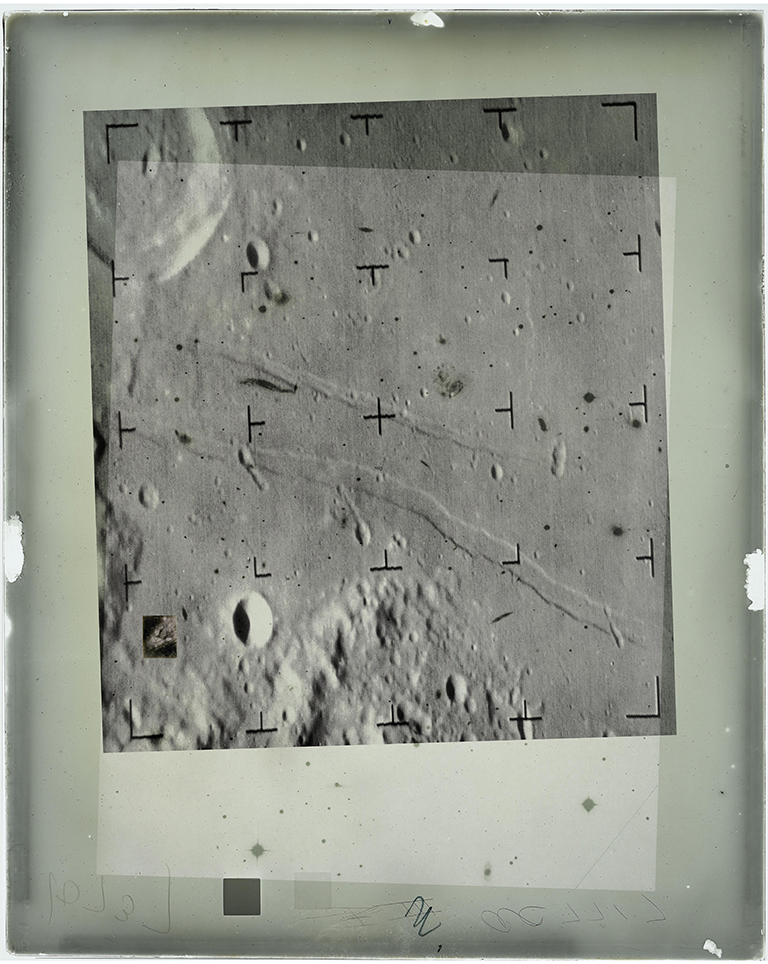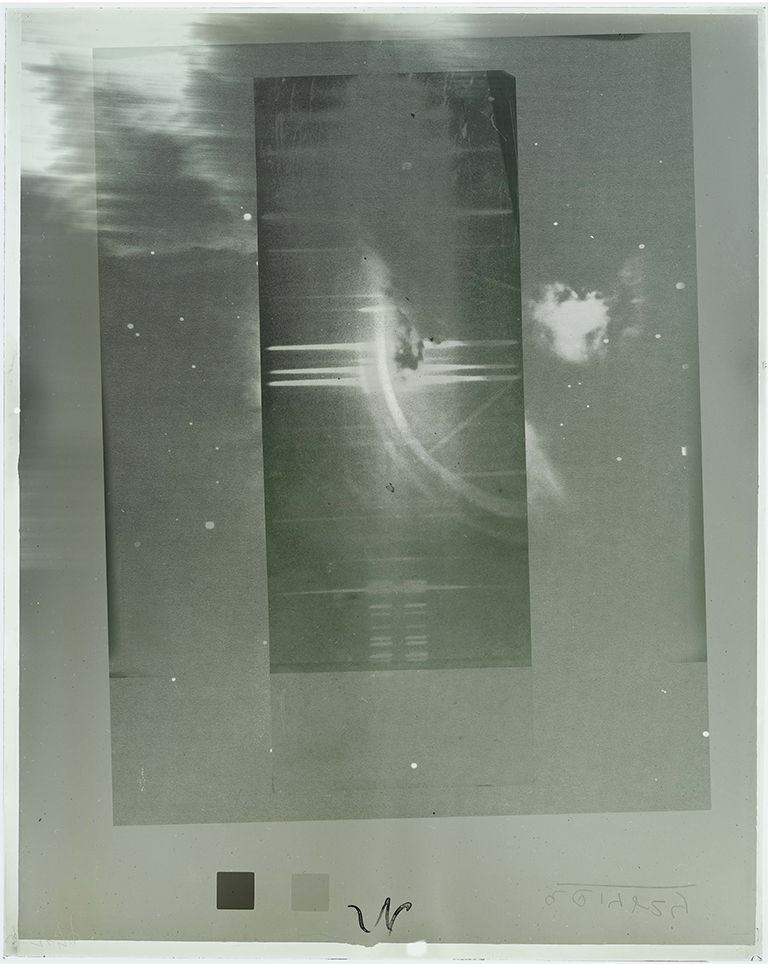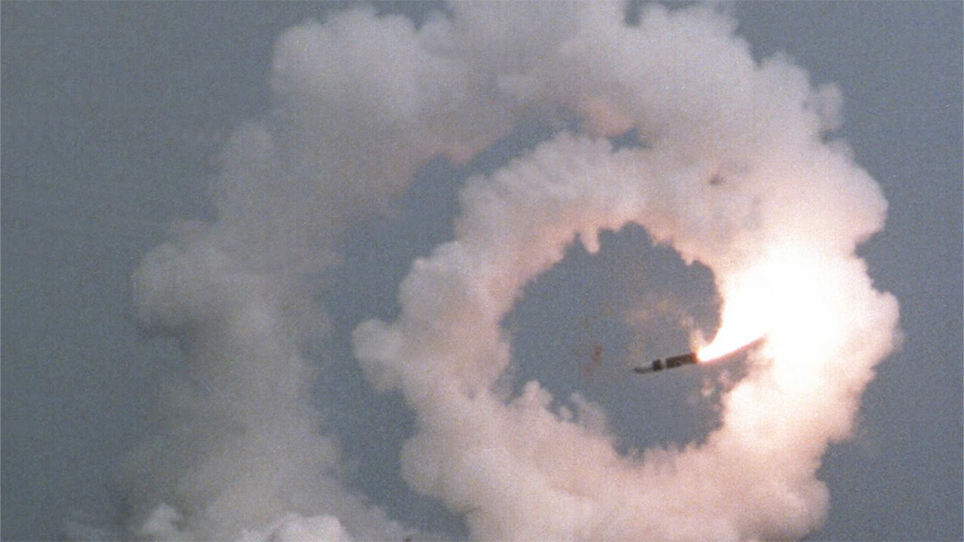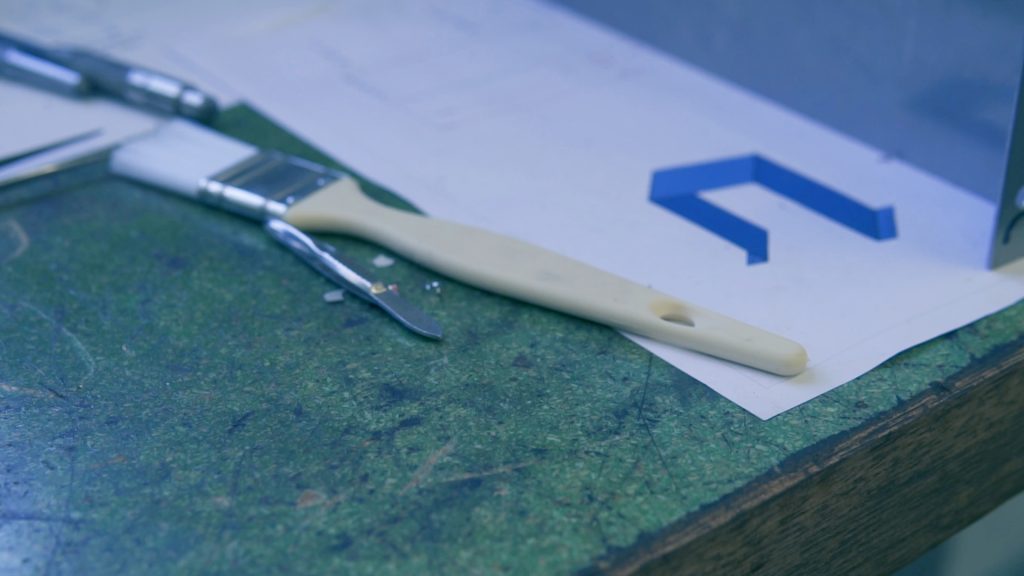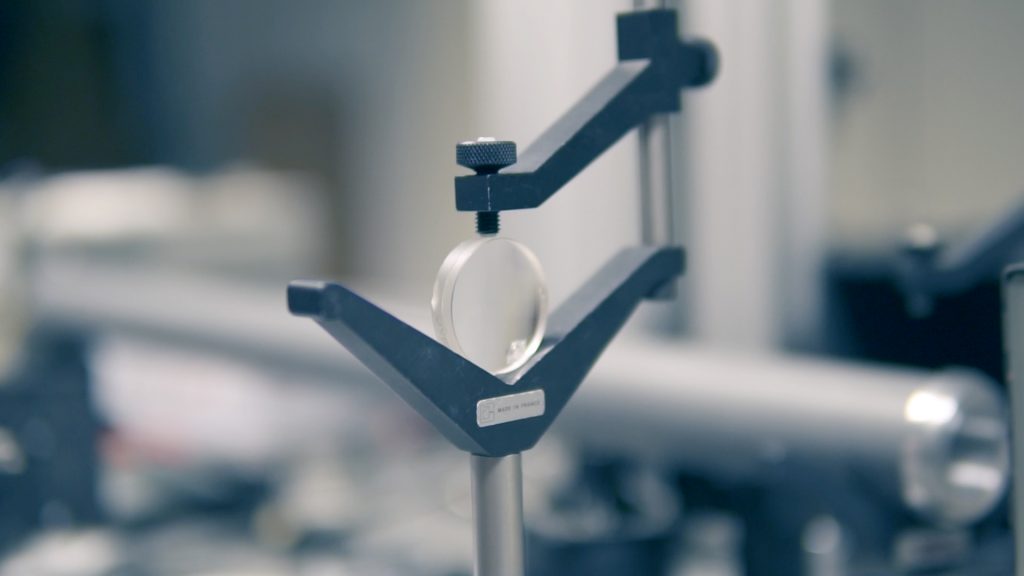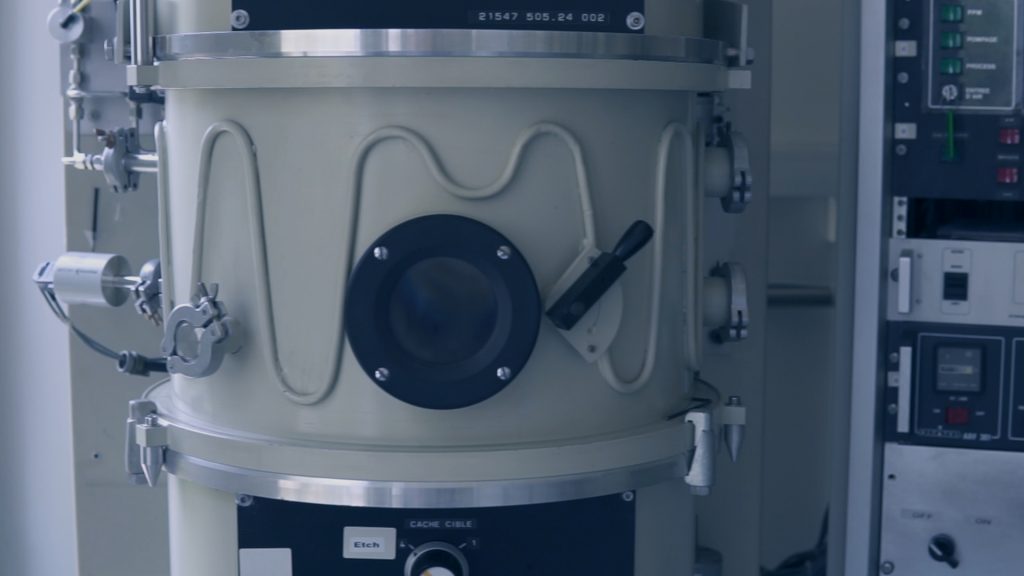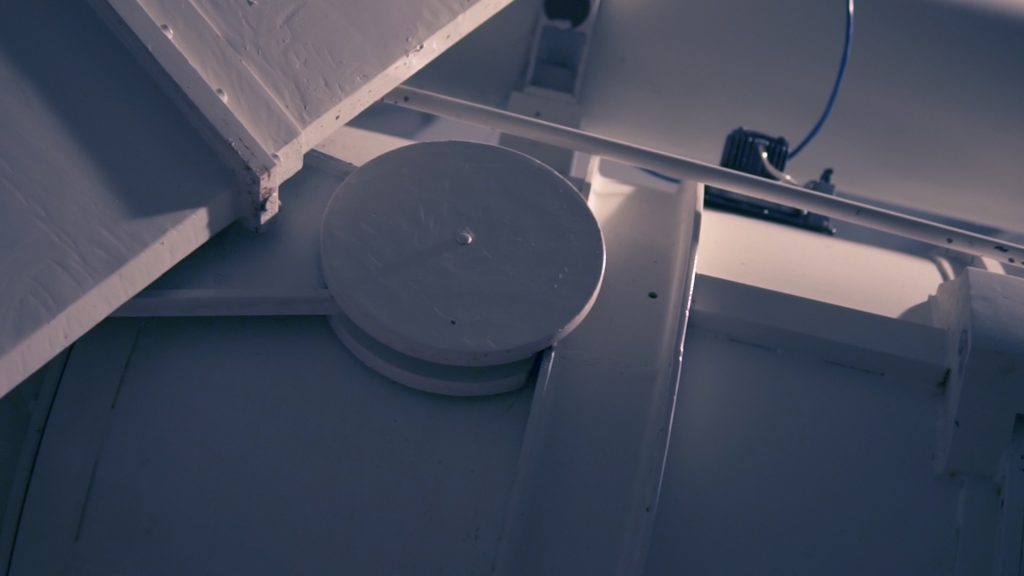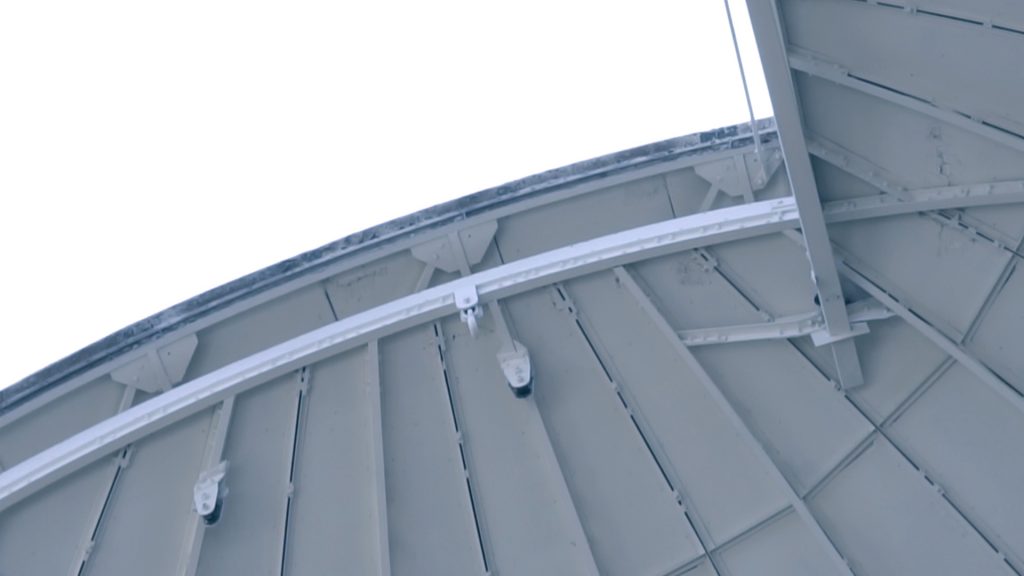“The Quintessence” is an artistic research project exploring the visual imaginary of outer space, and the construction of contemporary astrophysical knowledge from sky observation, in order to discover how images of space tell a story. Developed over three years, the research has led to the development of artworks in multimedia forms, including experimental films, photographs, site-specific installations, audio recordings and an artist’s book. The project has been supported by the Directorate-General for Contemporary Creativity of the Italian Ministry of Culture under the Italian Council Program, and promoted by Kingston University (UK), Fondazione Modena Arti Visive (IT), La Box/ENSA (F), Boghossian Foundation (BE). A related catalogue has been recently published by a+m bookstore (IT).
Moving forward from the traditional representation of the scientific world as a fixed domain of knowledge, the project presents the domain of astrophysics as an evolving system, which evades the fixity of truth-encompassing statements. Through crossovers and original methodologies of enquiry, visual representations of the universe are approached as complex narratives constructed through the combined agency of technological apparatus and human intervention.
Archival research on visual representations of outer space provides a contextual frame of reference, complemented by a series of theoretical discussions pinpointing the research. Audio-visual documentation generates a sensorial representation of highly secluded scientific laboratories usually not accessible to the general public, thus providing a first-hand impression that would not otherwise be accessible. A series of audio interviews conducted with scientists provides an intimate portrait of astrophysicists’ unique background knowledge, ideas and creative intuitions.
The research tests how and to what effect artistic practice can generate new and original insights on the modalities through which astrophysics represents and narrates itself. The related artworks act as a series of experiments looking at subjects (outer space visual representations, research labs), agents (scientists, technological apparatus) and contexts (theoretical frameworks of reference) and demonstrate the tension between the visible and the invisible shaping the present development of cognitive-visual knowledge about outer space.
My research began at night, the first time I saw the milky rift of stars scattering through the sky. Since that moment, every time I look at the dark vault extending above the Earth, it is like the first time. All my observations blend into timeless pictures of that edge on view of our galaxy. My mind floods with a sea of images and I start wondering about the universe.
Ever since I was a child, I was astonished to think that every phenomenon existing in outer space reaches us through light travelling from incommensurable distances. While I was looking at the night sky, millions of light-years away things were happening. Planets were rotating around their stars and galaxies formed in the darkest regions of empty space.
What is the universe? Is it the expanse between things? Is it emptiness, a vacant stage for our dramas? Is it a material substance? A vessel for our experiences? What is real and what is invented in what we know about the universe? Isn’t it real enough even if it exists only in the configuration of our thoughts?
Thousands of years ago ancient astronomers viewed the sun and the heavenly bodies as celestial gods. They carved tablets into visual tales of the living sun and its companions, stars and planets. Now we view the universe through the scientific gaze and we have different explanations for what we see in the sky. But aren’t these narratives as well?
They say the universe is infinite, it hosts an infinite number of events, an infinite number of planets, maybe an infinite number of sentient beings on those planets. Surely there must be a planet so very nearly like the Earth as to be indistinguishable from it. I admire this infinity. It makes me want to pierce its surface and fall through to its core.
The universe is space. A three-dimensional space we live in and the time we watch pass on our clocks. It is our north and south, our east and west, our up and down, our past and our future. Space is a physical dimension waved through gravitational attraction. The stars, the sun and the weight of our own body all are brought into unison because they all have a gravitational attraction in common. Mass, like an electric charge, creates a field around it in the form of a curved space. Therefore space is a structure, warped in response to the presence of matter and energy, like paper curling in a flame.
Apples fall on the Earth by breaking loose from the pull of the tree, following the path of least resistance along with an invisibly curved space, until the surface of the planet interrupts their fall and forces them to stay still. Planets orbit the sun by following an elliptical path defined by their natural curve. Anybody and any mass takes the path of least resistance along a curved space. We all fall freely without a pull, along this natural, invisible, curve.
This is the space and time we are bound to. We cannot jump off it, or live outside of it. This is our universe, the vast extent of our curved space-time. People always ask: what’s outside the universe? The answer is nothing. There is no meaning to the question of where or when if there is no space or time. The Big Bang is the creation of time itself. There is no sense to the question: how long was it before the Big Bang happened? Time began with the Big Bang. There is no sense to the question: where did the Big Bang happen? It happened everywhere. The Earth is at the centre in a sense, every galaxy is at the centre. The centre is everywhere and is becoming more diffuse as the universe continues to expand and cool.
The universe is inhabited by giant clusters of galaxies, each galaxy a conglomerate of a billion or a trillion stars. The milky way, our galaxy, has an unfathomably dense core of millions of stars. We stand on a small planet inside a huge cosmos. But we’re alive and we’re sentient. Many centuries ago we began to observe the sky and wonder about its secrets. We built instruments to look into the depth of the unknown, we sent telescopes orbiting around the Earth and we captured the signal of the cosmic background radiation, bearing information about a time before organic life.
Due to technical constraints, we cannot see infinitely far out into space. We can only see as far as light has travelled since the beginning of the universe. While we try to determine the nature of our ultimate end, we slowly decipher our common beginnings. Gravity, matter and energy are all different expressions of the same thing. We’re all intrinsically made of the same substance. The fabric of the universe is just a coherent weave from the same threads that make our bodies. Our bodies are mostly water. Water is mostly empty space. So, by extension, we are space, we are the universe.
This text is an extract from a performative talk presented for the first time at Harvard University, Faculty of Astrophysics, in autumn 2019. The text takes inspirations and some quoted passages from Janna Levin’s How the Universe Got Its Spots: Diary of a Finite Time in a Finite Space, Princeton NJ, Princeton University Press, 2002
The Quintessence – Film
The film explores the production of scientific knowledge through the director’s visit to secluded research centres in Europe and the USA. The title refers to the classic physical description of the universe, which included the presence of a fifth essence or fifth element (in addition to water, air, fire and earth), mysterious but omnipresent, which holds all the others together. Through a three-year journey, the director visited a number of laboratories studying the fundamental laws of the universe, from the microcosm of quantum physics to the macrocosm of the multiverse.
In these research centres, knowledge is developed at scales and distances beyond human perception. But what does it actually means to study the universe? Through a series of intimate dialogue with scientists and a detailed visual analysis of experiments and events taking place inside the lab, the director draws an original picture of scientific research, considering how individual background, cultural frameworks and technological constraints play a key role in the elaboration of scientific theories about the universe and its visual representations.
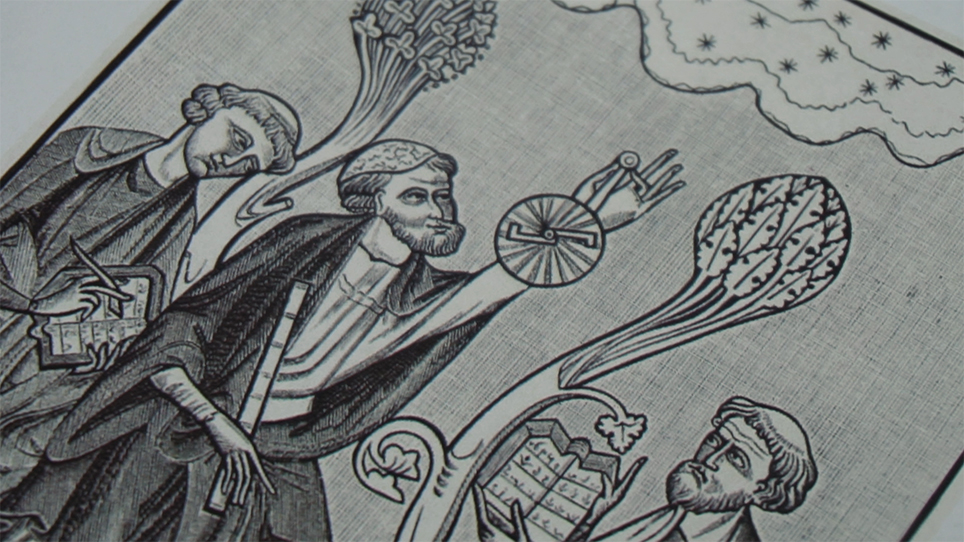
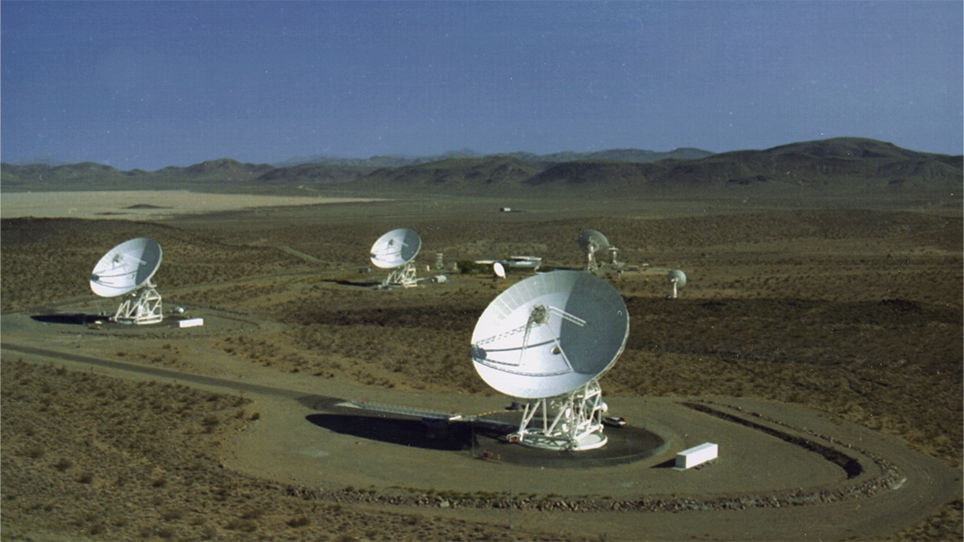
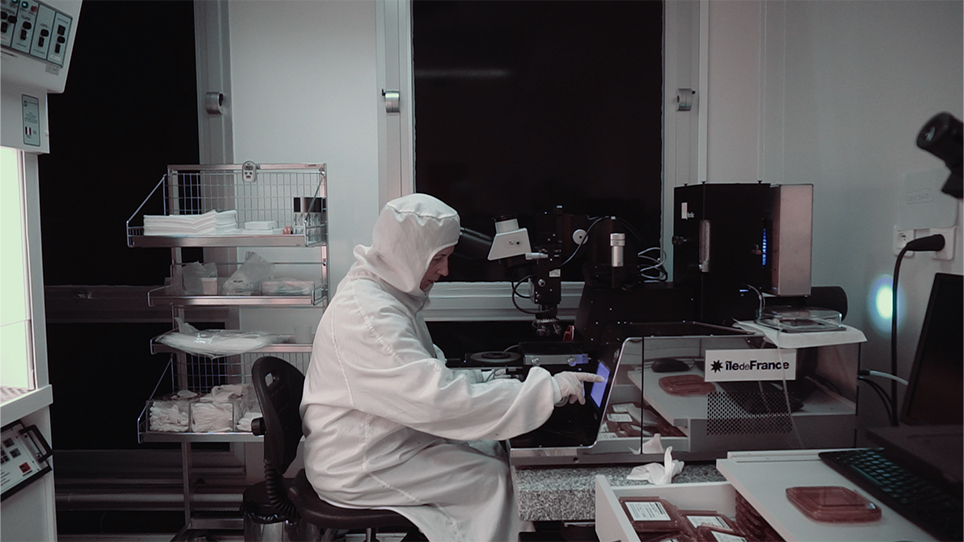
Heavenly Bodies – Collages
70 x 100 cm each
A series of collages produced with images collected from online and physical libraries, archives, star atlases and scientific publications. The images represent space objects such as stars and galaxies, planets and constellations, supernovae explosions and black holes – along with telescopes and optical instruments used to observe and study the universe.
Clashing visual combinations bring together old and new practices of sky observation. Shots of scientists and engineers calibrating instruments and conducting high precision experiments are combined with images of ancient rites evoking the cosmic drama of gods and goddesses dominating the Heavens and deciding the fate of humans on Earth. This combination stresses how throughout the centuries humanity has looked at the sky in different ways, generating unique stories and explanations for the phenomena observed in outer space.
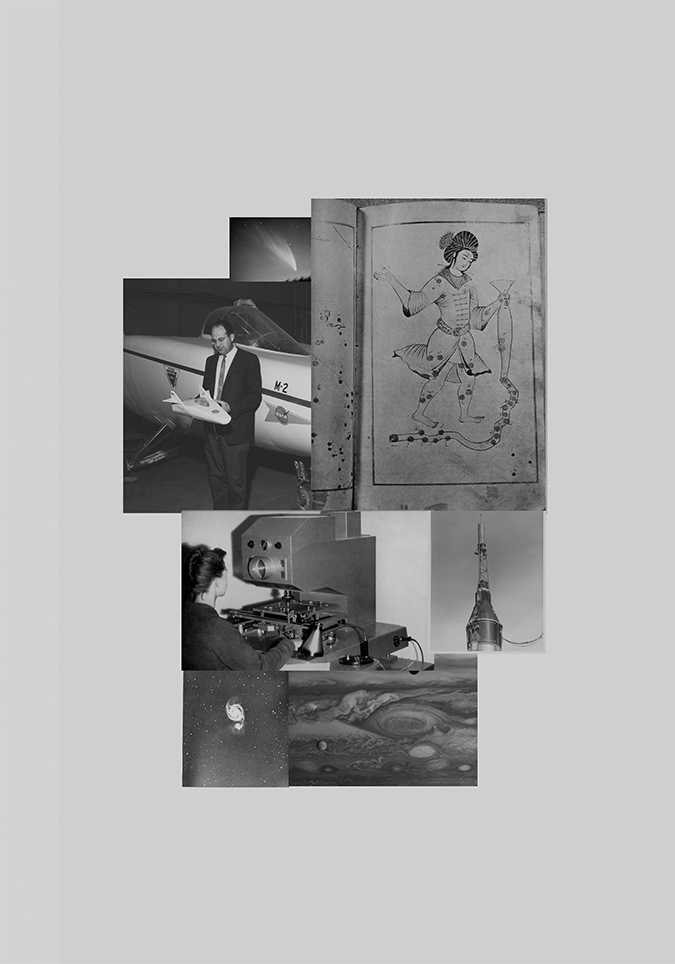
Into The Night – Photographic Series
4 lightboxes
70 x 120 cm each
A series of collages produced with images collected from online and physical libraries, archives, star atlases and scientific publications. The images represent space objects such as stars and galaxies, planets and constellations, supernovae explosions and black holes – along with telescopes and optical instruments used to observe and study the universe.
This artistic process highlights how the knowledge we possess about the universe is multilayered, constructed on the observations and theories proposed throughout the centuries by different human cultures. Very much as an archaeological excavation, these artworks bring to light multiple representations of outer space as historical strata sedimented through time.
Mounted on lightboxes, these large-dimension prints act as a charged surface, enabling universal light travelling through space to be re-activated by man-made light. Photons originated from nuclear reactions are captured on photographic glass plates and brought to life by the lightboxes’ tungsten bulbs. whose chemical components are also originated in the dense and hot core of stars. In a neverending circle, starlight generates new light, which spreads images of outer space back to the universe where they came from.
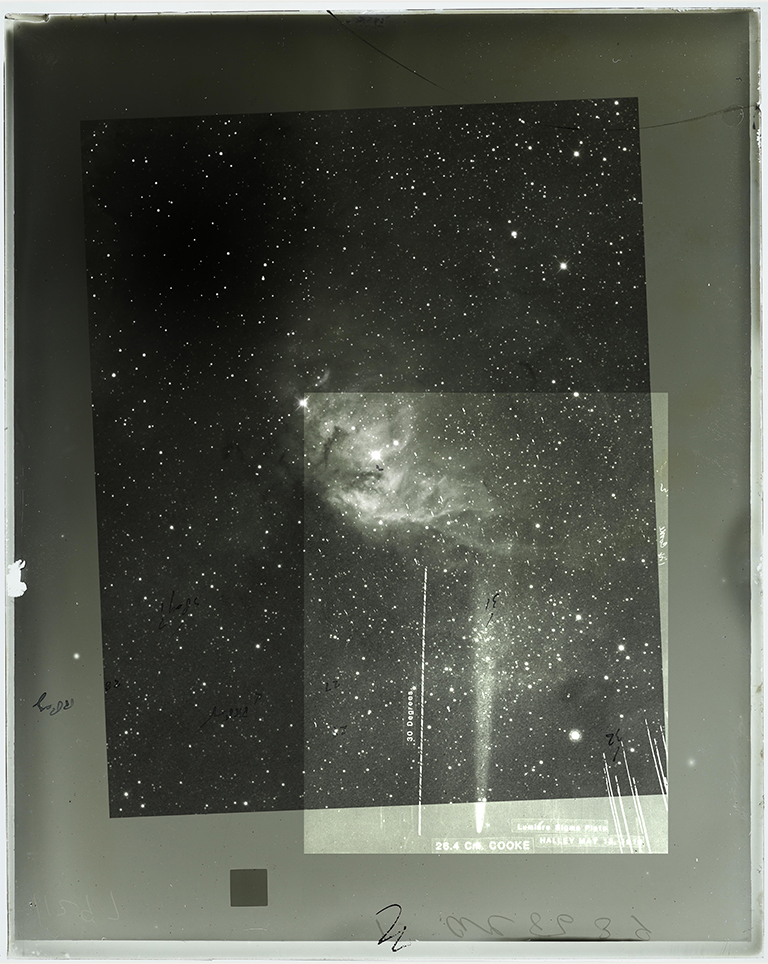
To The Wonder – Photographic Series
10 photographic lambda prints
White wooden frame
50 x 70 cm each
The photographs are reproductions of archival images from Apollo official photographic records. Most notorious among other space exploration programs, Published by NASA on the image-sharing platform Flickr/The Commons, pictures of amazing moon landscapes, details of the space rocket interior and breathtaking vistas of Earth seen from space are combined with photographs presenting errors or glitches such as hues, haloes and dots.
From a conceptual point of view, rather than being successful records of the Apollo mission, they stand as metaphors of how errors can become triggers for new approaches to scientific research. Their visual quality resembles that of avant-garde artworks from the early 20th century and contemporary glitch art experiments. These images generate a critical discourse on how scientific knowledge is constructed through trials and errors. Failures and mistakes in scientific experiments can lead the way to serendipitous discoveries, as the technical malfunction of the photographic apparatus leads to the development of these aesthetically charged images.
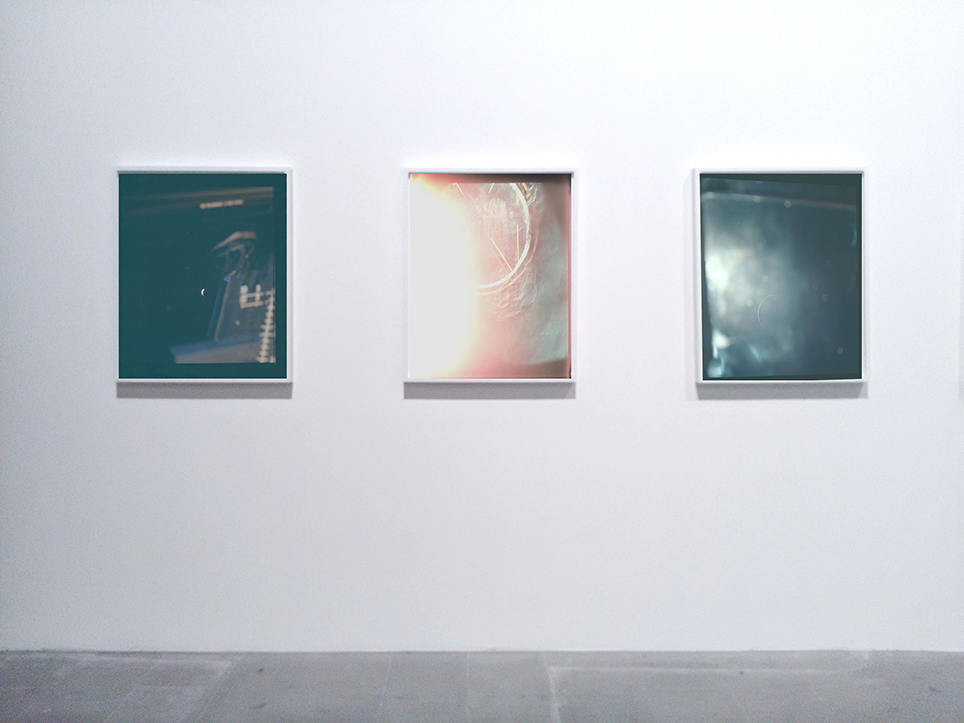
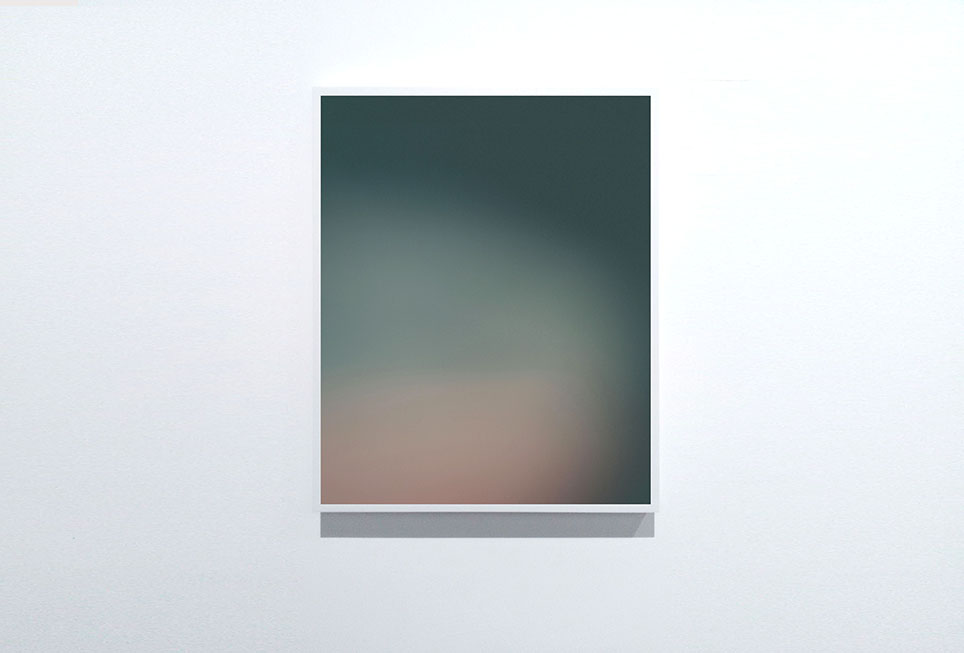
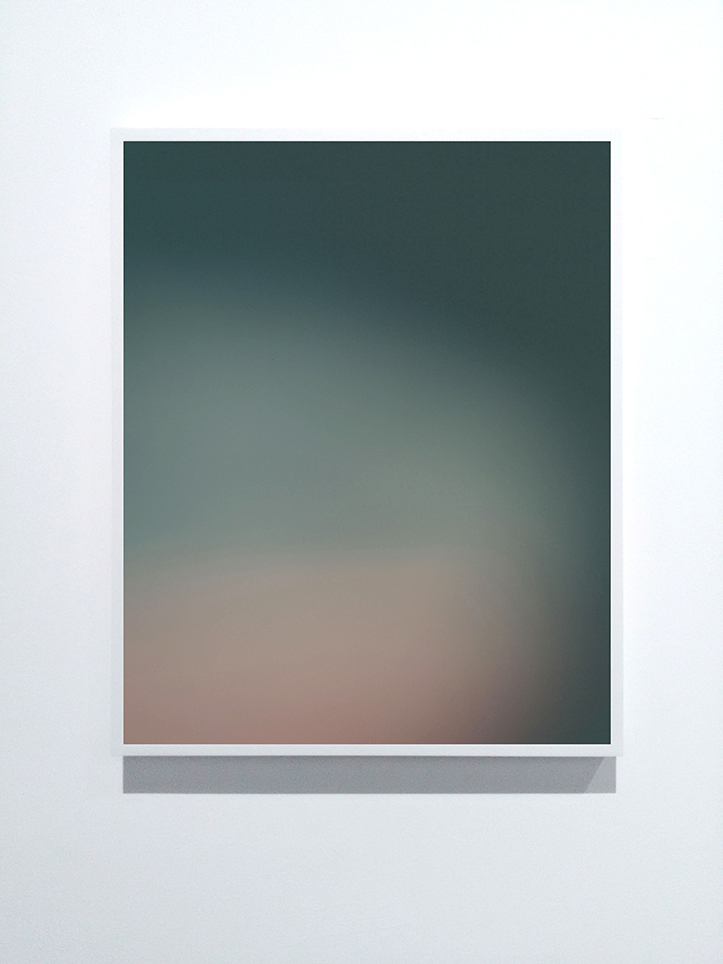
To The Wonder – Video
Found footage
7’42”, 16:9, silent, loop
A silent experimental film presenting archival footage of multiple American and Soviet failed unmanned rocket launches. The archival footage used for this piece has not been widely circulated in the mainstream media and was discovered through detailed online research, after multiple and unsuccessful attempts to contact NASA space agency enquiring about its film archive.
There is no clear information about the location or date of the documented explosions, however, from the certain aesthetic quality, we can infer the footage was recorded between the 1950s and 1990s. No voiceover or off-screen commentary describes the images or tells a story, leaving the viewers to find their own interpretation for what they are looking at.
The footage’s elusive nature generates a reflection on how trials and mistakes are pivotal for the development of scientific research shaped through the monumental human effort to bring mankind a little closer to the stars.
The Horizon Behind Us – Video
2020, video FullHD
16’40”, 16:9, stereo, loop
The short film is structured as a fictional meditation on a possible future when artificial intelligence software will have full control of sky observation, data collection and analysis. As a consequence, man-led laboratories will be abandoned. Questioning the possible future development of space exploration, the film analyses the ultimate philosophical and ethical implications of human exploration of the cosmos.
While the slow-panning camera wanders around silent rooms hosting telescopes, mechanical tools and optical instruments, an anonymous voice describes how the millennial tradition of sky observation has evolved through the centuries and why it was always important for mankind to wonder about the mysteries of the universe.
The visual focus on observational tools and mechanical instruments suggests how contemporary astrophysicists act as ancient alchemists, capturing the light coming from distant stars and transforming it into a different matter, in order to give it new form and meaning. The camera movements are extremely slow, evoking the long, durational processes involved in sky observation and the huge temporal scales at which universal phenomena unfold.
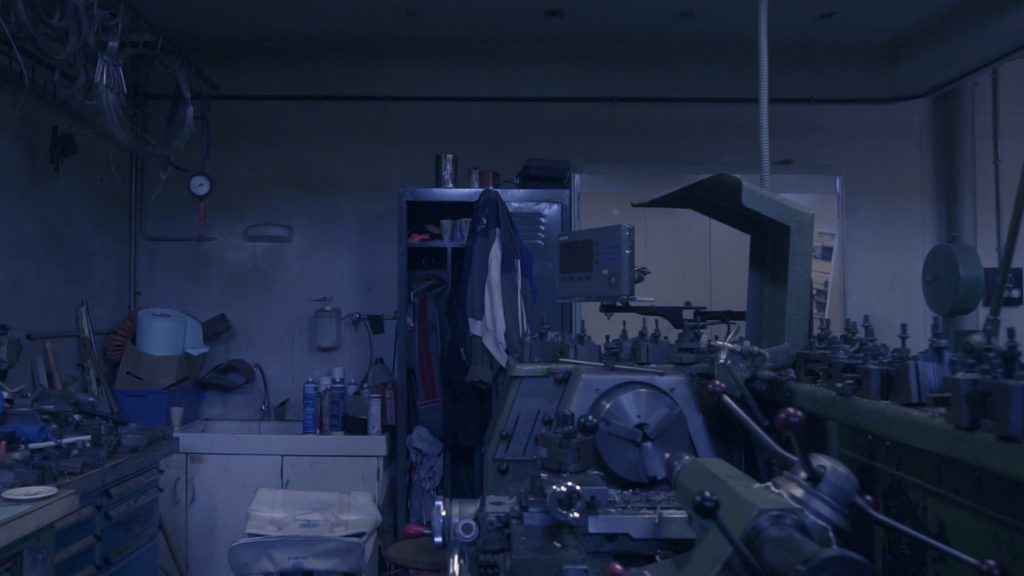
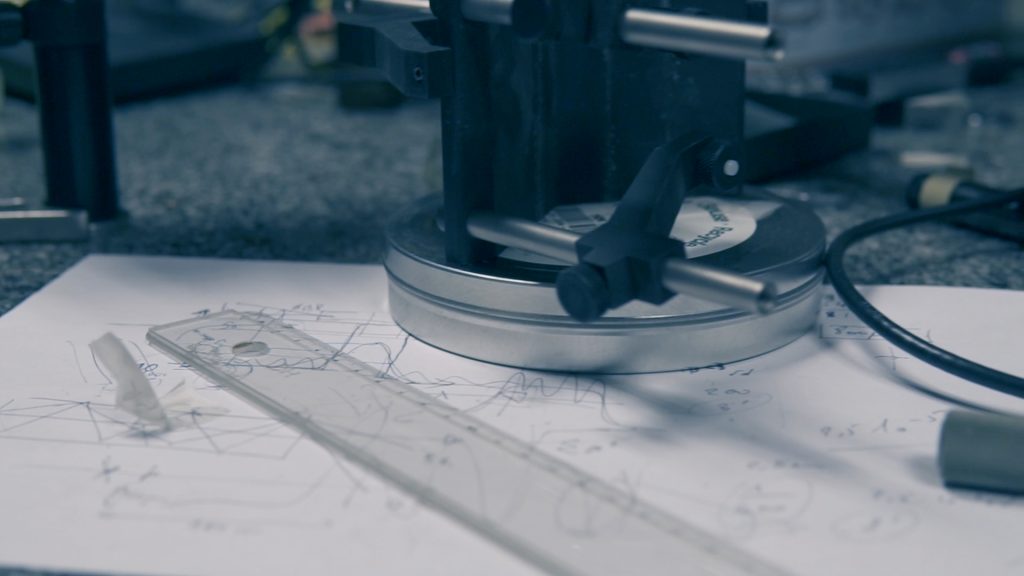
Pamela Breda is an artist and filmmaker living between London and Venice. She holds a MA in Art History from Ca’ Foscari (Venice, IT), and a MA in Visual Arts from IUAV University (IT). She recently completed a PhD in Visual Arts from Kingston University (UK), where she developed the artistic research presented in this online exhibition.
She was the recipient of several art awards and fellowships, including Cantica21 (MibaC, IT), IMeRa Fellowship (F), Italian Council Award (MibaC, IT), Kingston University Phd Scholarship (Kingston, UK), Moving’Up funding scheme (Turin, IT), Italian Institute of Culture (Moscow, RU). In 2019 she was appointed Fellow Artist in Residence at Pratt Institute (New York, USA).
Her films have been screened internationally and presented at festivals and art venues such as Sheffield DocFest (Sheffield, UK), “ECRA Film Festival” (Rio de Janeiro, Brazil), “Revolutions Per Minute Festival” (Boston, USA), “Digital Film Library”, Clermont- Ferrand Film Festival (Clermont-Ferrand, F), Cite Internatinale Des Arts, (Paris, F), “Vision Du Reel” Film Festival, Media Library (Nyon, CH), “Hazel Eye Film Festival” (Tennesse, USA), “The Bomb Art Factory Film Festival” (London, UK), Sohonya Art Center (Bangalore, I), Francesco Fabbri Foundation for Contemporary Art (Pieve di Soligo, IT), Bevilacqua La Masa Foundation (Venice, IT).
She has received many scholarships and fellowships from institutions such as Kingston School of Art (UK), the Italian Cultural Institute of Moscow (RU), Cantica21 (IT), Simultan Prize (RO), Premio Fotografia IED (IT), Coffee Flash Art award – Querini Stampalia Foundation (IT) lo Stonefly Art Prize (IT). She recently presented her work internationally, in particular in the UK, Austria, Estonia, France, Colombia and Switzerland.
In 2019 she received the prestigious Italian Council award granted by the Italian Ministry of Cultural Heritage and Activities and Tourism. The project “The Quintessence” was awarded the prestigious Project Anywhere prize and will be featured in a series of international exhibitions and screenings.

